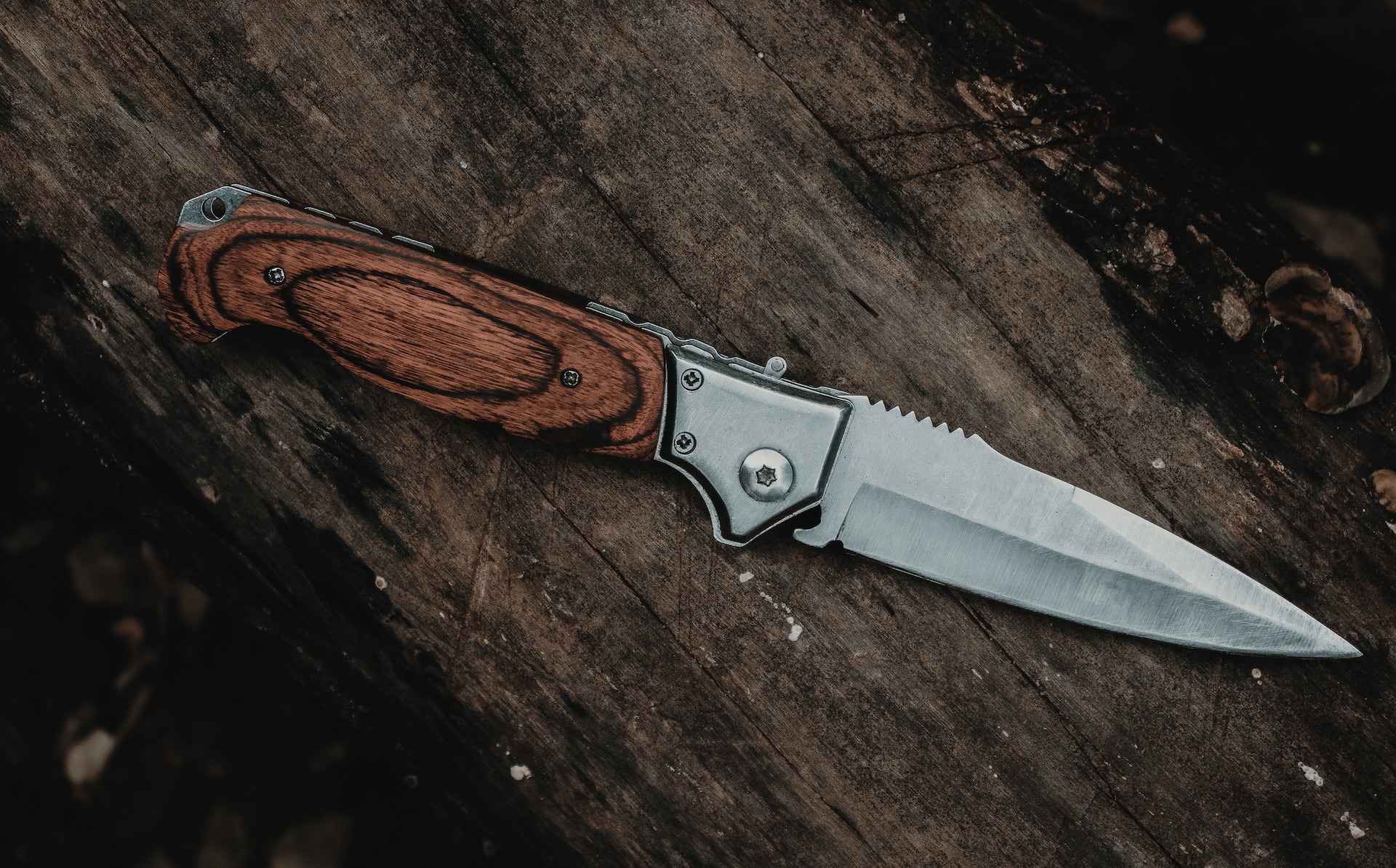Knife throwing – who would have thought that throwing dangerous weapons could be considered a sport or a pastime? But then, so are other sports such as archery, which is somewhat similar to knife throwing.
Knife throwing can be a combat skill, sport, art, or entertainment, which involves throwing a knife at its target. If you have been at some country fairs or circuses, you may have watched or encountered a stage performance where the knife thrower ties his assistant to the target (also known as the “target girl”), and artfully throws knives to miss them.
Knife throwing requires concentration, skill, and lots of practice to get it right. But anyone of age can get into this game, and here are several reasons to take up knife throwing:
1) It’s part of history
Taking up the art of knife throwing is like acknowledging a part of the past. If you’re a knife enthusiast and collector of knives, chances are you’re also a history buff. Knife throwing is actually an old sport that stretches back to prehistoric times. From the tomahawks of the Native Americans to the shurikens of the Japanese warriors, learning about the history of knife throwing can help you appreciate this activity even more.
2) It can make you sociable
While knife-throwing can be enjoyed alone (no distractions, for instance), this sport can also be a great way to bond with your family and relatives, meet up with friends, and make new ones. Whether you’re joining competitions or holding informal gatherings in your backyard, knife-throwing can be a great way to be sociable. You can invite your friends over your place and teach them how to throw knives, and have fun doing it.
3) It can be a recreation and entertainment
Unless perhaps you’re training to join competitions, knife throwing doesn’t have to be intense. It can be a fun and relaxing recreation. Like playing golf, throwing darts, or playing pool, knife throwing can offer hours of fun and entertainment.
4) It can make you competitive
Knife throwing is a recreational activity, but it is also a sport. If you are seriously considering taking this game to another level, you can undergo some intensive training and join some local competitions. Having plans to turn pro? Then you are most likely to join several organizations, such as the American Knife Throwing Alliance. This club holds competitions across the country that pit the best knife throwing players against each other.
Knife throwing uses knives that are made specifically for this sport. There are three basic types of knives used for knife throwing:
1) Handle-heavy
A handle-heavy knife is the one that has more weight in the handle than in the blade. This means you would want to throw the knife so that the handle goes first. It requires the player to hold the blade end of the knife. Some beginners find this type of knife easy to throw.
2) Blade-heavy
A blade-heavy knife has the bulk of the weight in the blade than in the handle. This means you would want to grip the handle part of this knife when throwing it. If you’re a beginner, it’s best to start with this type of knife.
3) Balanced
A balanced knife is a knife that has the weight or center of gravity in the middle. This means that it is possible for you to grip either the handle or the blade side of the knife, whichever way you see it fit. Most professional throwers use this type of knife. While the rotations on this type of knife are predictable, some beginners are having difficulty throwing it.
How to throw a knife for beginners:
1) Begin with the hammer grip
While there are many ways to grip a throwing knife, beginners can start with the hammer grip, which is the most basic and the easiest grip. As the name implies, hold the knife, just like the way you hold a hammer.
2) Maintain a good posture
You should have a relaxed body. If your body feels tense, you are most likely to overthrow the knife or do a lot of inconsistent throws. Stand up straight to ensure a straight and accurate throw.
3) Get to the right position
Stand about ten feet away from the target. If you are a right-handed thrower, take a 45-degree step back to the left. If you are a left-handed thrower, take a 45-degree step back to the right.
4) Get to the right throwing steps
After getting to the right stance – and again, if you’re right-handed – bring the knife in your right hand straight back over your head. Thrust the knife back down, as though you’re making a chop. Getting your weight forward, release the knife, and let it fly. One of the most challenging parts is when to release the knife, but a lot of practice and consistent throws are the keys to delivering a perfect release. As you practice, you can slightly alter your release time and throw to address any issues.

